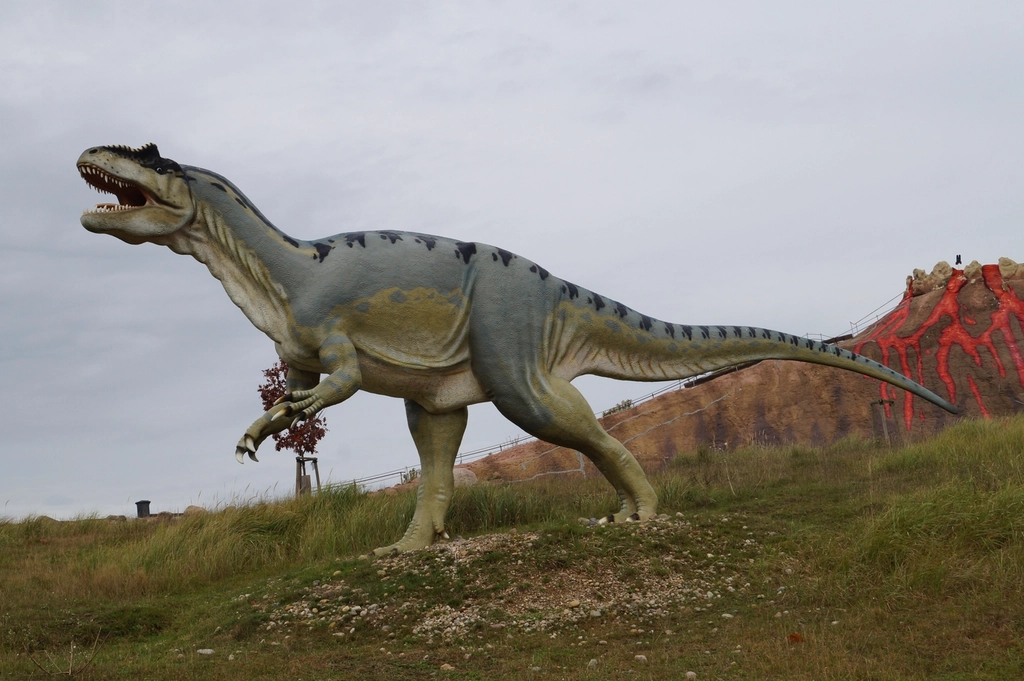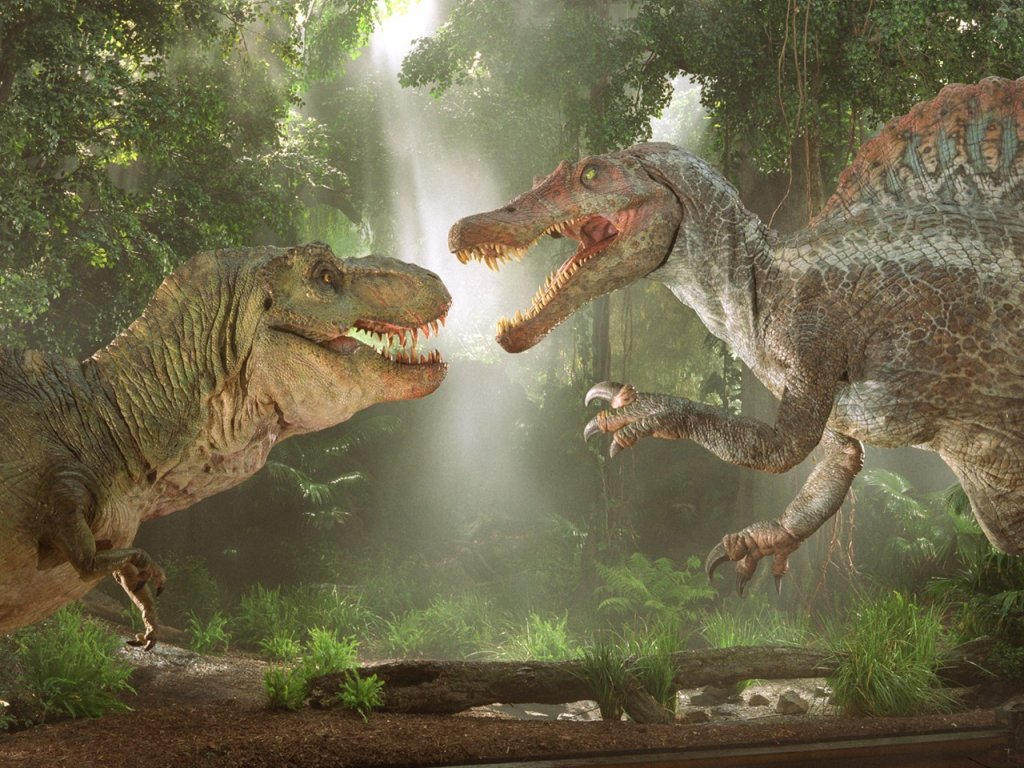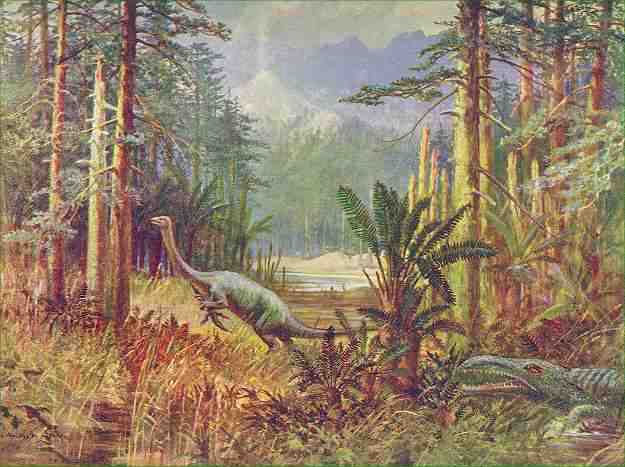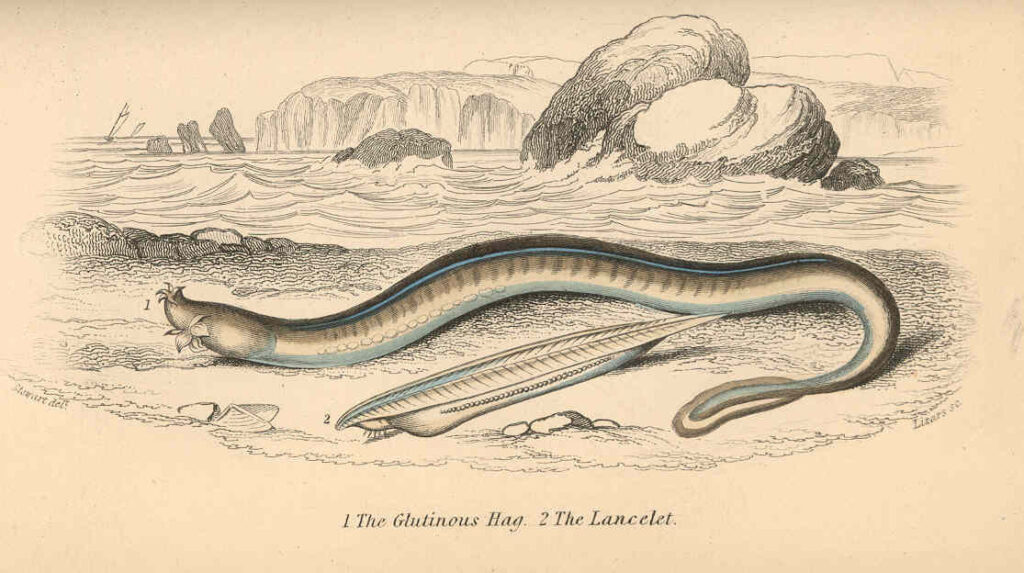How Dinosaurs Might Have Displayed Dominance Without Fighting
Imagine standing in the shadow of a towering Tyrannosaurus rex, its massive head adorned with brilliant crimson crests that shimmer in the ancient sunlight. The ground trembles beneath your feet as this prehistoric giant doesn’t roar or bare its teeth, but instead performs an elaborate dance, its powerful tail creating rhythmic thuds against the earth. ...












